About three years ago, I bought a pre-owned Leica M7 in excellent shape offered at a great price. I had intended to use the M7 only for a two or three months while my Leica M3, my only Leica M body at the time, was being overhauled at Kanto Camera in Japan. I figured I could resell the M7 for at least the amount I had paid. Yet when I got my M3 back, I could not bear to part with the M7 and decided to keep it. Readers take note! This is how the Leica money sink starts!
The Leica M7 is unique among M film bodies in that it has an electronic shutter, rather than a mechanical one like every other Leica M’s. The electronics enable an aperture priority automatic shutter speed setting on the speed dial. For people who are bothered by Leicas that have no through-the-lens (TTL) light meter like the Leica M2, M3, and M4, or by having to manipulate shutter speed themselves with models that do have TTL like the Leica M5 and M6, the M7 is a kind of godsend.
The shutter speed dial is the ergonomically superior type used on the M6 TTL. It is large and easier to rotate than the smaller type dial found on the Leica MP and M6, which were both designed after of the notched dial of the Leica M3, M4, and M2. The notched dial was never intended to be directly manipulated, and was rather designed for the external Leicameter light meter attachment, whose larger dial connects to the camera dial so the user easily adjusts shutter speed using the Leicameter. The dials of the M6 and MP were an aesthetic choice, not a practical one like the Leica M7 dial.
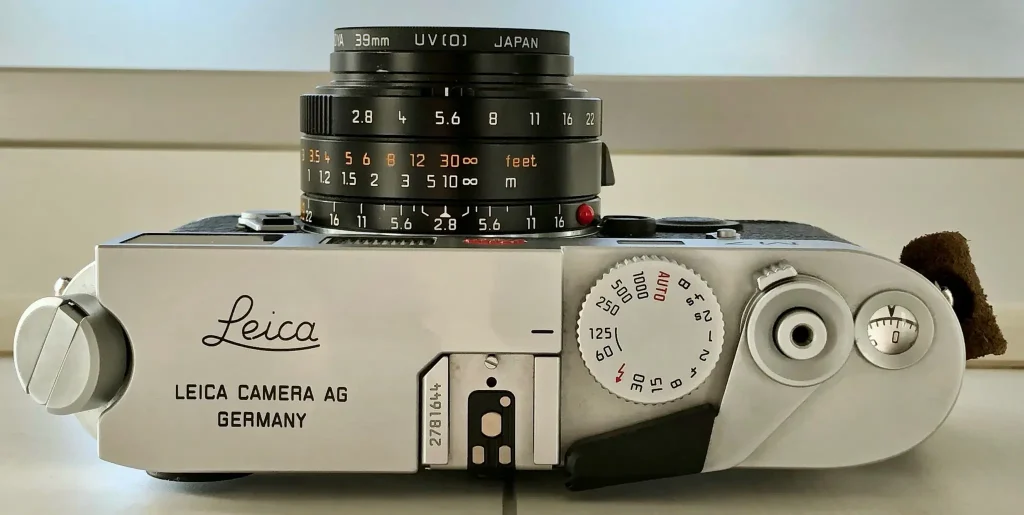
When shutter speed is set to automatic, the shutter speed is displayed in red LED below the finder frame. Automatic speeds are more precise than the manual options. The camera will shoot at in-between speeds of like 1/45, 1/90, 1/180, 1/360, and 1/750, none if which can be selected manually. When shooting manually, the LED displays two arrows and a circle in the middle, like >o<. When the circle and the two arrows are illuminated, exposure is right. When under or overexposed, only one of the arrows will illuminate. You rotate the shutter speed dial in the direction of the illuminated arrow to correct exposure, which is a nice touch.
On the Leica MP and M6 with the smaller M3-like dials, bizarrely you must rotate the shutter speed dial in the opposite direction, only these are an homage to the dial rotation of the M3 which never had TTL. If you switch between cameras with each type dial, this can be somewhat annoying, like going back and forth between left-hand and right-hand drive countries.
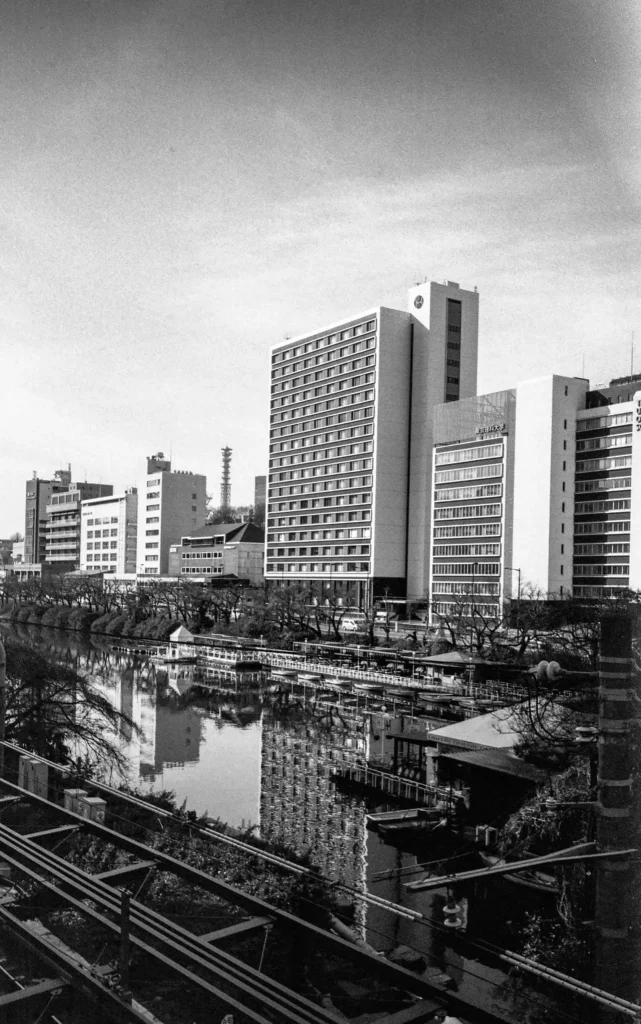
My Leica M7 happens to be one of the earlier models that has a finder patch flaring defect common to all M6’s and early M7’s. Leica fixed the problem in later M7 models and all Leica MP and M-A models. The flaring problem gets a lot of attention in online forums, but frankly, it is far less a big deal than people make it out to be. When I shoot with my M7, flaring rarely occurs, and I can deal with it just my moving my eye a tad. If you can live with that, early model M7’s can be had for less money than the later models if you are looking for deal.
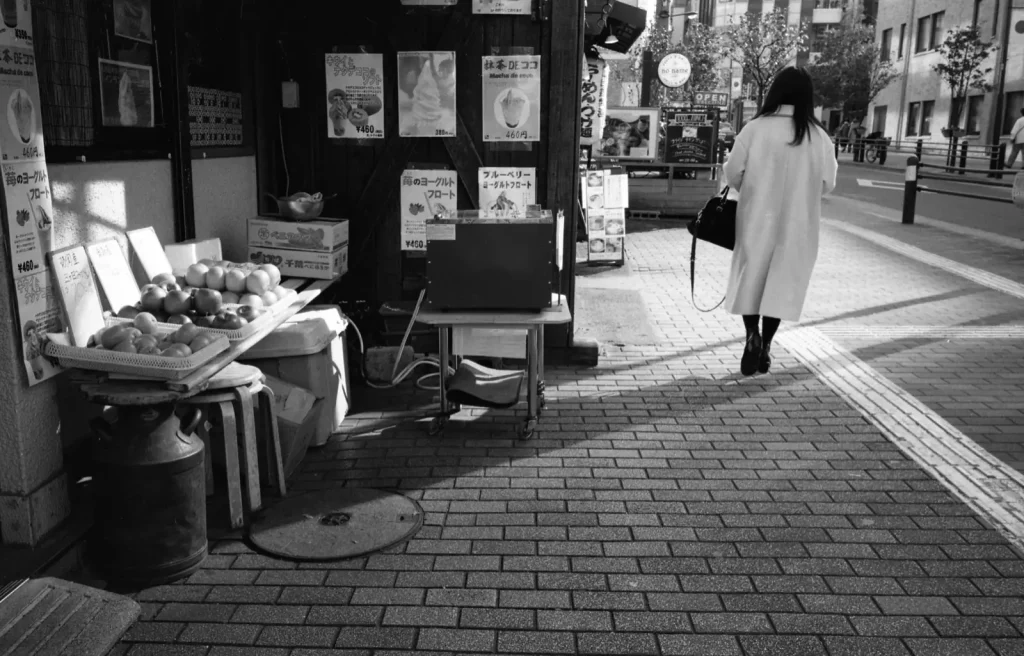
When I shoot with the Leica M7, I use the automatic shutter speed almost entirely, and for me, that is the only reason to shoot with the M7. The finders of both the M3 and M6J are superior to that of M7, so if I want to shoot manually, I grab one of those—mostly the M3. So it is only on days when I feel I just can’t be bothered with manually setting shutter speed that I grab my M7–and that is not very often.

When I do, however, shooting with the Leica M7 is a pleasure. It has a bit more heft than the M6, although not as much as the M3. It feels good in the hand, and tight and solid somehow, more than the M6. Because of the electronics, the M7 is slightly taller than the M6, M3, and presumably the M4. I find that extra height neither pleasant nor unpleasant, but definitely noticeable when shooting.

Still, shooting with the M7 is not all peaches and cream. Because it is electronic, it uses a lot of battery juice, and if you are not paying attention, your battery can die on you, which once happened to me while traveling. The battery a type that is not commonly sold—two 2L76 (DL1/3N, K58L, CR1/3N) lithium cells if you are curious—so if you are not carrying spares, you are kind of out of luck—although, not entirely out of luck. The 1/60 and 1/125 shutter speeds are the only ones that are mechanical, and you can set them manually, so the camera is usable in a pinch until you can put in a new batteries. None of the other shutter speeds will work, and you will have no light meter in the finder. If you are shooting with an M7, I recommend you always carry spare batteries.
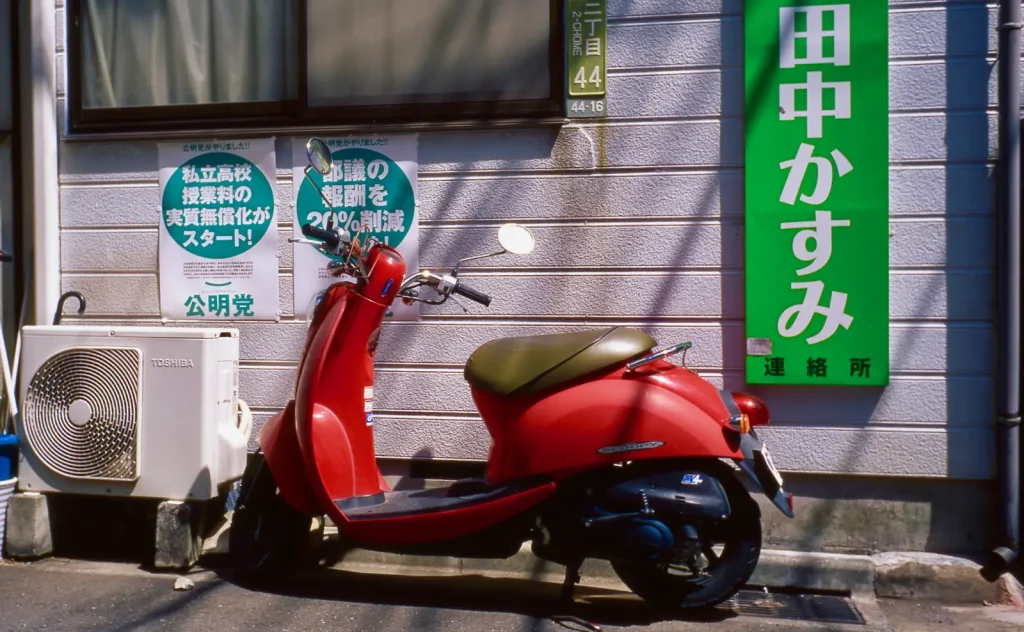
In addition to the flawed finder, early model Leica M7’s also have an unreliable DX coding reader for film ISO. The early models use metal contacts like most cameras with DX. In practice, I have found the M7 DX reader to be reliable with most films. However, for some reason, it always gets Fuji Velvia 50 wrong, and who knows what else? Frankly, I don’t like the use of DX readers in general, because I am usually pushing or pulling film in processing. With the M7, I ignore the DX function and always select the ISO manually.
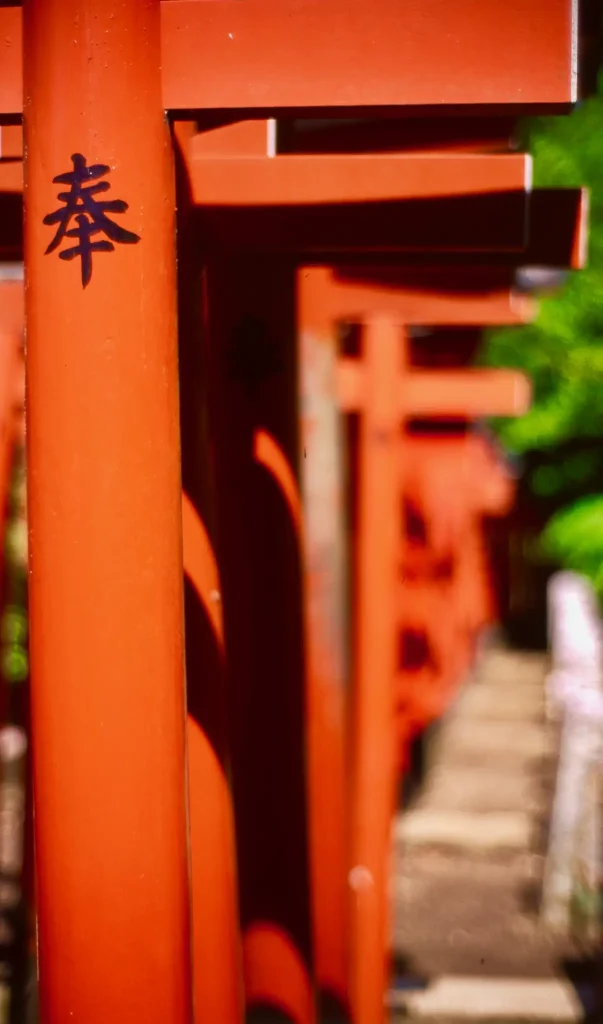
Leica ultimately fixed the DX problem by using an infrared reader in later models. However, that poses a problem if you want to shoot infrared film, which I do from time-to-time. Better to get the old model with the faulty DX if you shoot infrared. Frankly, the camera would have been just fine without DX, in my view. Are there really many Leica M shooters who care about DX readers anyway?
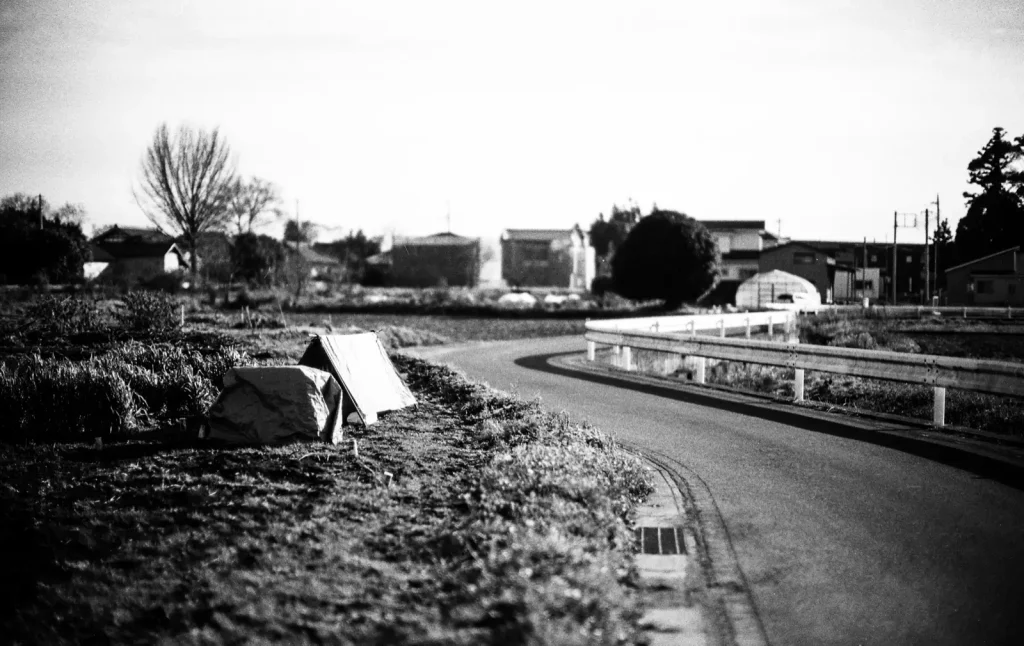
Leica did produce some special editions of the M7 that I won’t detail here. The only variant I will mention is what is called the Leica M7 Engrave, which is the version I own. The standard M7 top plate is blank, whereas the Engrave version has classic Leica lettering, and was sold only in Japan.
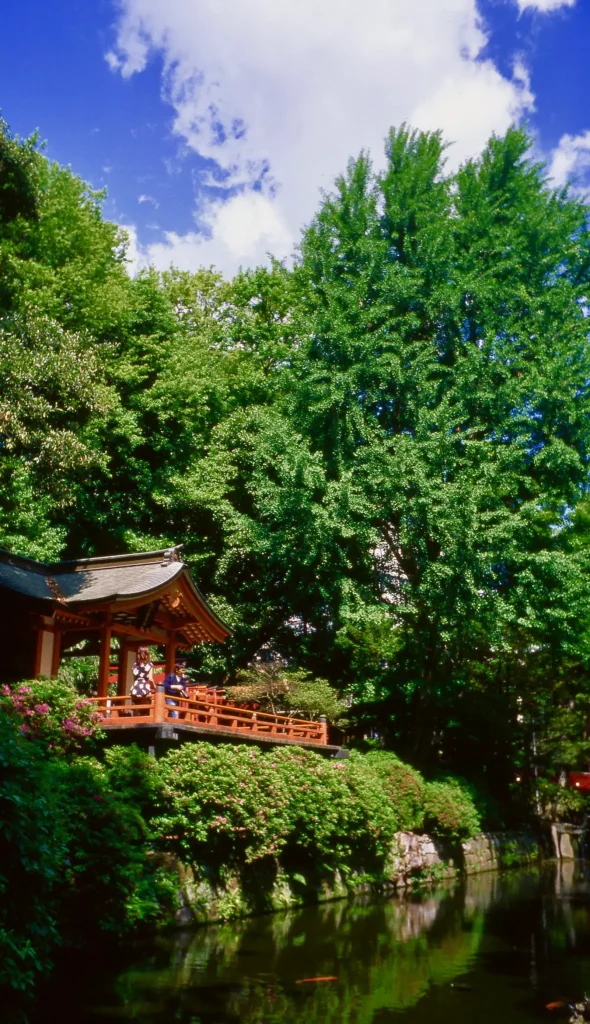
I never engage in debates about which Leica M film body is the best. It all depends on what your priorities and preferences are. For me, it is the M3. Others swear by the M2, the M4, and the M6. Even the much maligned M5 has its aficionados. However, I rarely hear anyone raving about the Leica M7. The electronic shutter appears to do more to alienate Leica lovers rather than entice new ones. Leica’s ham fisted attempt at making life easier for photographers by adding a DX functionality ended up doing the opposite. Given the original selling price of the M7, buyers expect more from Leica.
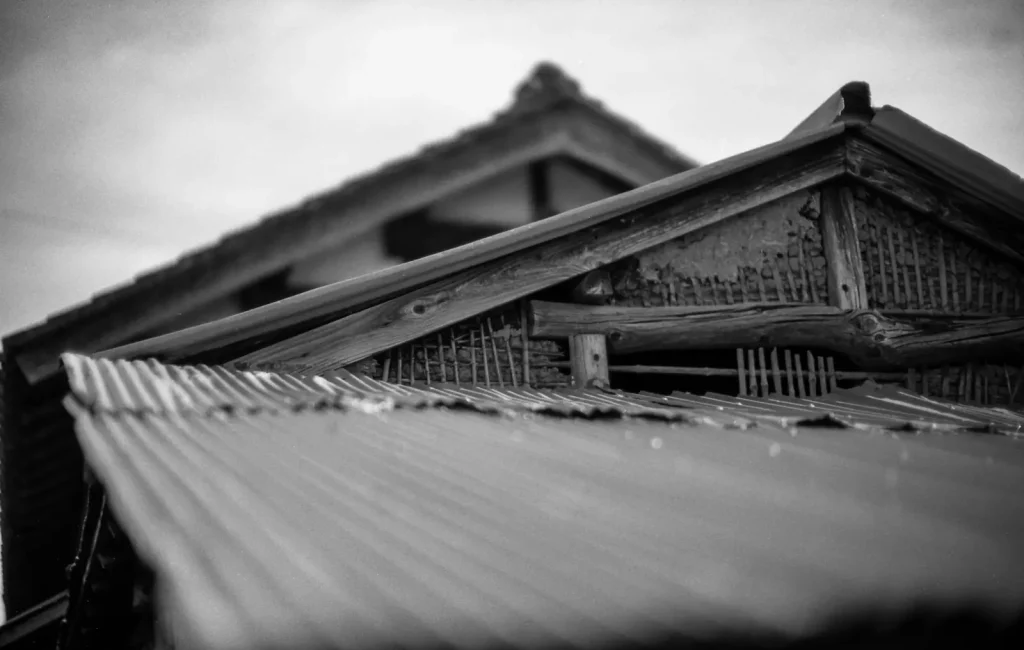
The Leica M7 is in all respects a camera that is neither here nor there, and perhaps this is why Leica discontinued the M7 just last year. Those in the market for a new film M body are either pulled toward the “mechanical perfection” of the Leica MP or the purity of the the Leica M-A. And why not consider a used M6 TTL in good condition for nearly half the cost, despite being a more functional mechanical version of the M7, minus only the automatic exposure, which in all honesty few Leica M film shooters ever really cared about? I suspect Leica M7 sales were already pretty paltry when Leica finally decided to pull the plug.
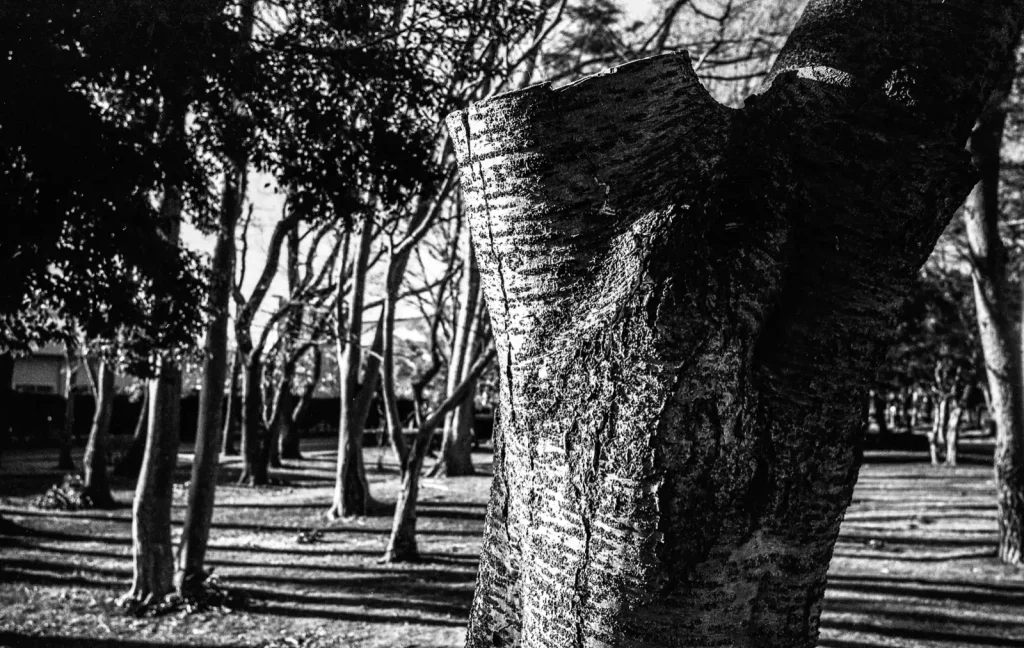
Does this mean you should not consider purchasing a Leica M7? Certainly not. All the Leica M’s are wonderful in their own way. I’ve noticed that the prices of used Leica M7’s are going up, and have increased substantially since I bought mine three years ago—even the “flawed” early models. So if you want one, get one while you can. They are not making any more of them.
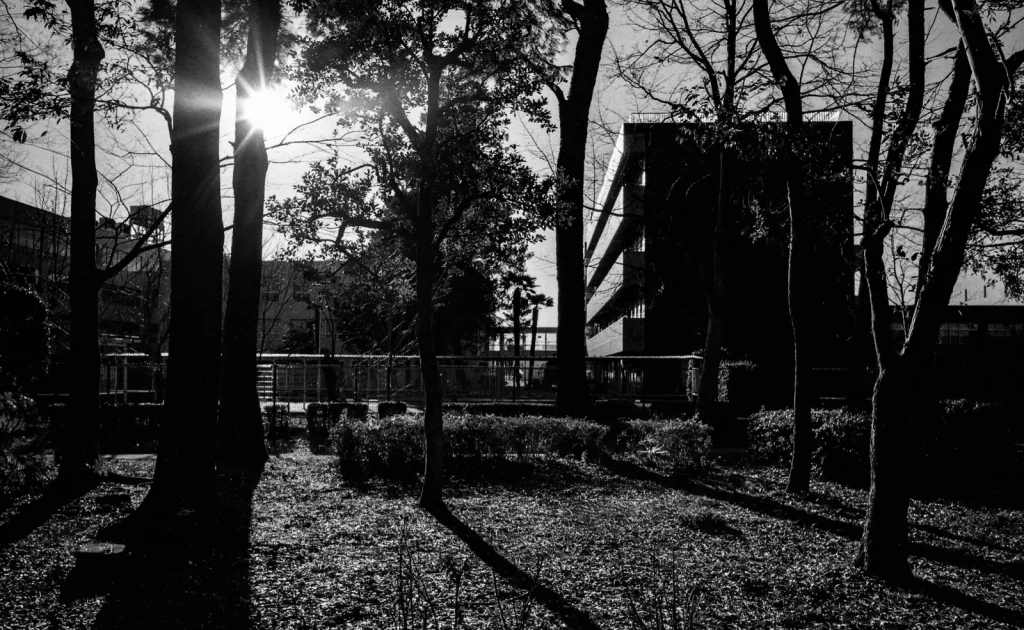
I am a street photographer who lives in Japan. If you would like to see more of my work, have a look at my website bleisteinphoto.com, or my Instagram @sbleistein.
You can find find Hamish’s Review of the Leica M7 here
Share this post:
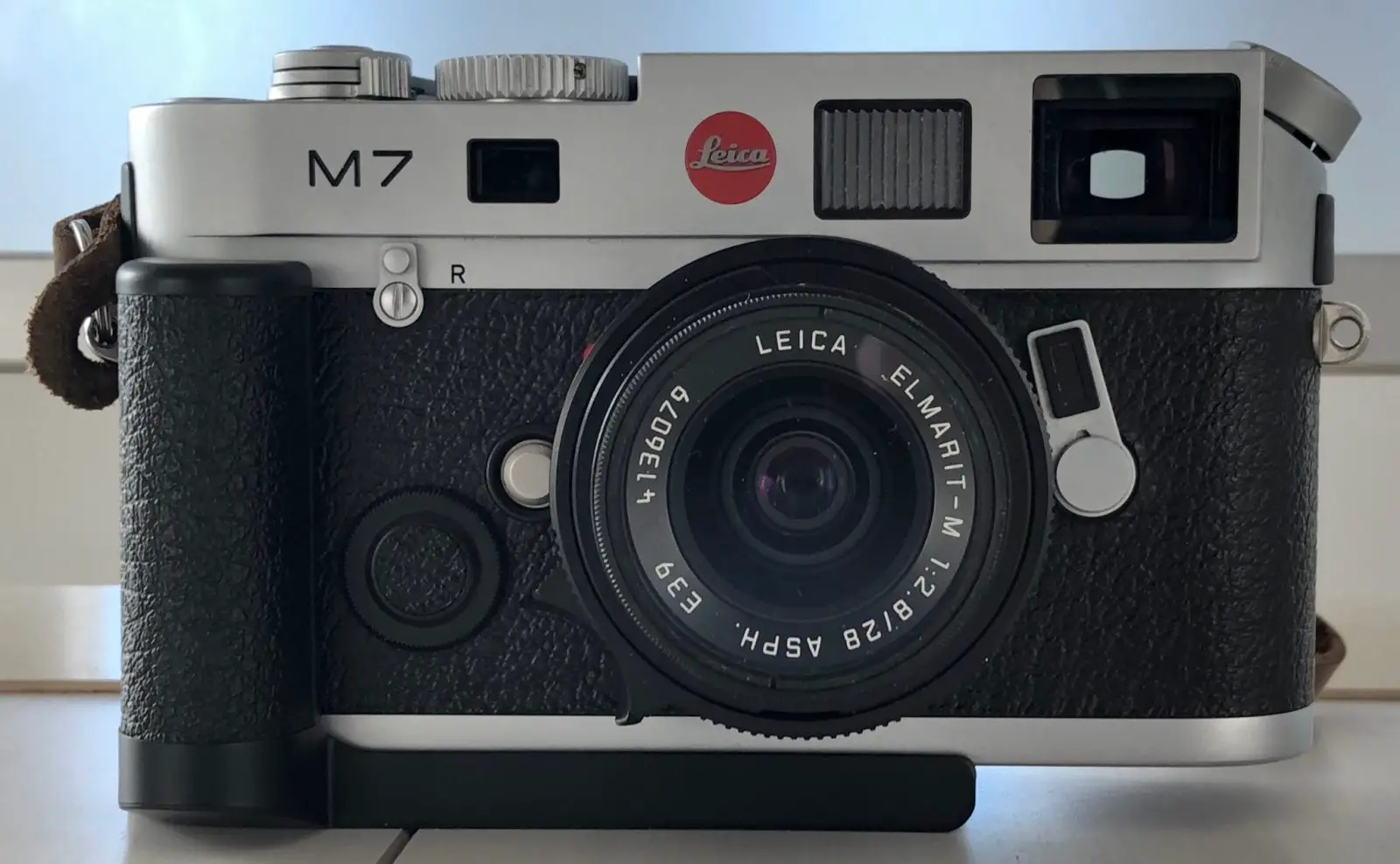








Comments
Zvonimir on Leica M7: Beautiful Camera; Neither Here nor There – by Steven Bleistein
Comment posted: 01/02/2019
Comment posted: 01/02/2019
François karm on Leica M7: Beautiful Camera; Neither Here nor There – by Steven Bleistein
Comment posted: 01/02/2019
Nice to see review of one of the best M.
I had multiple ( in fact nearly all M) and the one I bought multiple time was the M7. Agree with you the flaring problem or the DX is a none issue.
More problematic is the non sealed eyepiece wich oblige to clean the internal of the rangefinder often in the first models.
What male the M7 à Beast is it's ability to do streetshoot with the A mode.
And the precision of it's timing curtain make it the best ever leica M.
Because the electronic does not stop at any speed but use the full range between each one and so is far more precise than any out of CLA old M.
As Versions you have a 0.72 and a 0.85 visor the last one is very useful for 28mm
I think the M7 is an ideal companion of my M-A ....you can use it to teach you how to evaluate light and is a very good help in low light conditions.
Regarding the size and the send of the speed control wheel, It came from the Leica zero and 1 and the sens is the normal scientific one use by most of the camera.
It is the led of the M6 wich are wrongly oriented.
MP and Ma revert it to remove a gear wich is questionable.
Leica is dropping it....I hope they will change their mind and will redo it in few years.
Comment posted: 01/02/2019
Bernhard on Leica M7: Beautiful Camera; Neither Here nor There – by Steven Bleistein
Comment posted: 01/02/2019
Comment posted: 01/02/2019
Daniel Castelli on Leica M7: Beautiful Camera; Neither Here nor There – by Steven Bleistein
Comment posted: 01/02/2019
1. Battery power - it would kill a set of batteries within weeks;
2. It would default to ISO 100 mid-roll (I shoot 400 speed BW film.)
3. It would occasionally treat me to a LED light show.
I sent it back to Leica USA for a fix. Unfortunately, it went to Leica after they stopped offering free fixes. The repair cost me close to $500. They fixed everything.
I took it on two oversea trips to the UK and Italy. I set the ISO dial to 200 get an exposure that I could work with in my darkroom. The M7 has what amounts to a spot meter. I've got close to 50 years of photo experiences, and I found that I got better results when I trusted my gut, not the auto exposure system.
The weight became a problem due to a chronic back injury. An all day carry left me in pain. I found the extra height of the body prevented my 35mm f/2.8 Summaron (w/goggles) from rendering an unobstructed view. Leica accessories & lenses should fit production Leica M cameras without fiddling around. I used my 40mm M-Rokkor in it's place.
Finally, working with the M7 was not noticeably easier nor were the results better than my M4-P (lighter; less back strain) or my M2.
This is not (and I hope it doesn't come off as) a damnation of the camera. It just wasn't for me any my way of making photos. Your work shows it's a fine machine that in the hands of a good photographer, can produce great photos.
Comment posted: 01/02/2019
Tom on Leica M7: Beautiful Camera; Neither Here nor There – by Steven Bleistein
Comment posted: 01/02/2019
Thanks for a nice review of the M7. I’m one of those people who consider the M7 to be Leica’s best M film camera. I bought one new 15 years ago and it’s been my primary film camera ever since. I’ve used other M’s but the M7 is just so practical, that it’s the one for me. I wanted to point out that should your batteries fail when you do not have spares with you, you can use 4 SR44 1.5 volt button cells (or their equivalent) which are pretty easy to find in most drug stores or at least they are here in the U.S.
Tom
Comment posted: 01/02/2019
Simon Hsieh on Leica M7: Beautiful Camera; Neither Here nor There – by Steven Bleistein
Comment posted: 01/02/2019
Comment posted: 01/02/2019
Will Adams on Leica M7: Beautiful Camera; Neither Here nor There – by Steven Bleistein
Comment posted: 01/02/2019
Comment posted: 01/02/2019
Comment posted: 01/02/2019
Comment posted: 01/02/2019
Ernie nitka on Leica M7: Beautiful Camera; Neither Here nor There – by Steven Bleistein
Comment posted: 02/02/2019
.
Comment posted: 02/02/2019
BLAuX on Leica M7: Beautiful Camera; Neither Here nor There – by Steven Bleistein
Comment posted: 27/05/2019
Comment posted: 27/05/2019
Huss on Leica M7: Beautiful Camera; Neither Here nor There – by Steven Bleistein
Comment posted: 09/03/2020
When you turn the camera on it momentarily indicates the ISO reading from the DX reader. So you can use that to confirm a correct setting.
It's weird though that Leica had so many problems with the DX reader when any $20 P&S camera I own does it perfectly.
I do wish they just didn't bother with it at all. They could have sold/spun it as a professional 'feature' i.e. the M7 is for purists who decide what they want the camera to use for the ISO, not what the DX strip on the film canister says...
;)
Comment posted: 09/03/2020